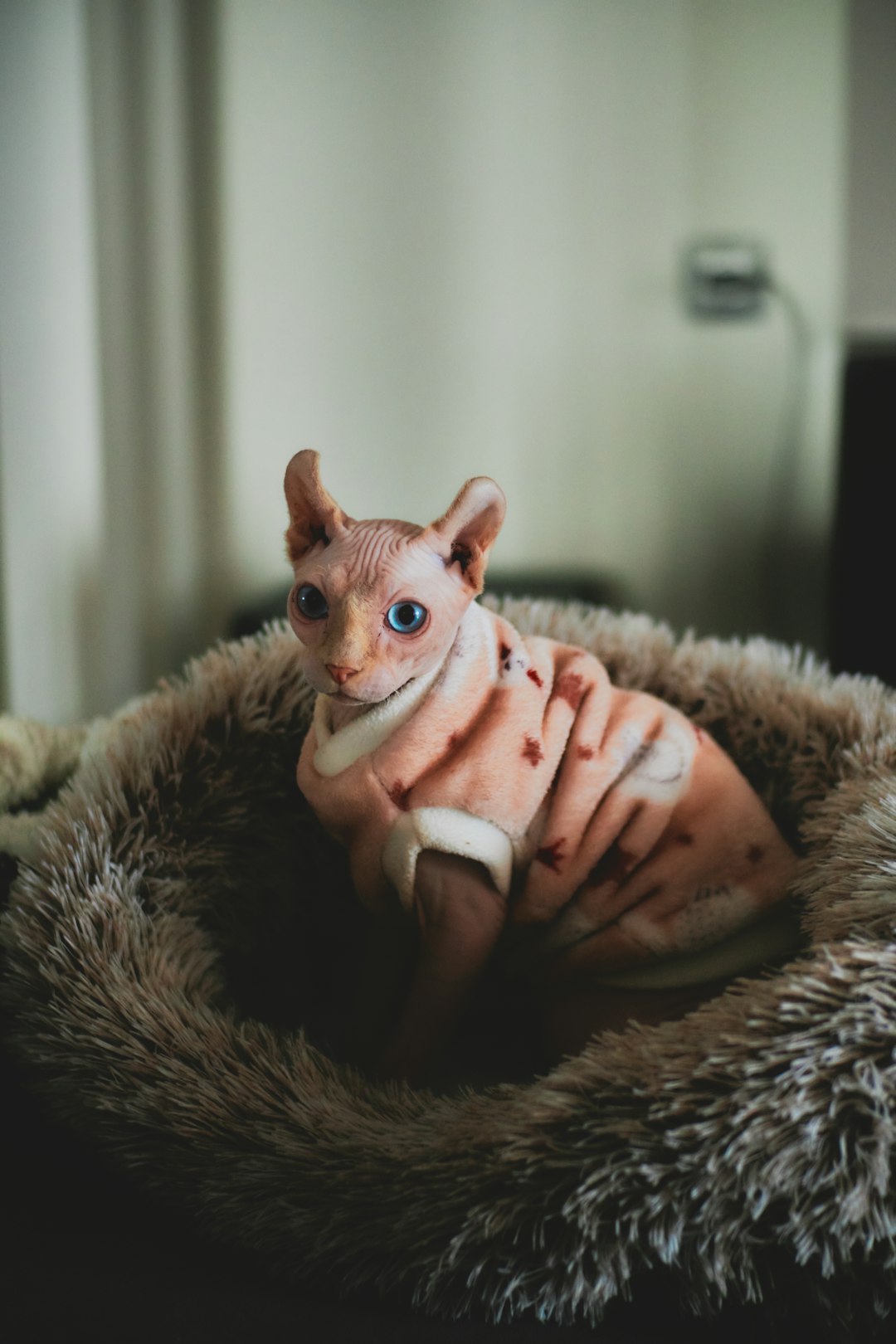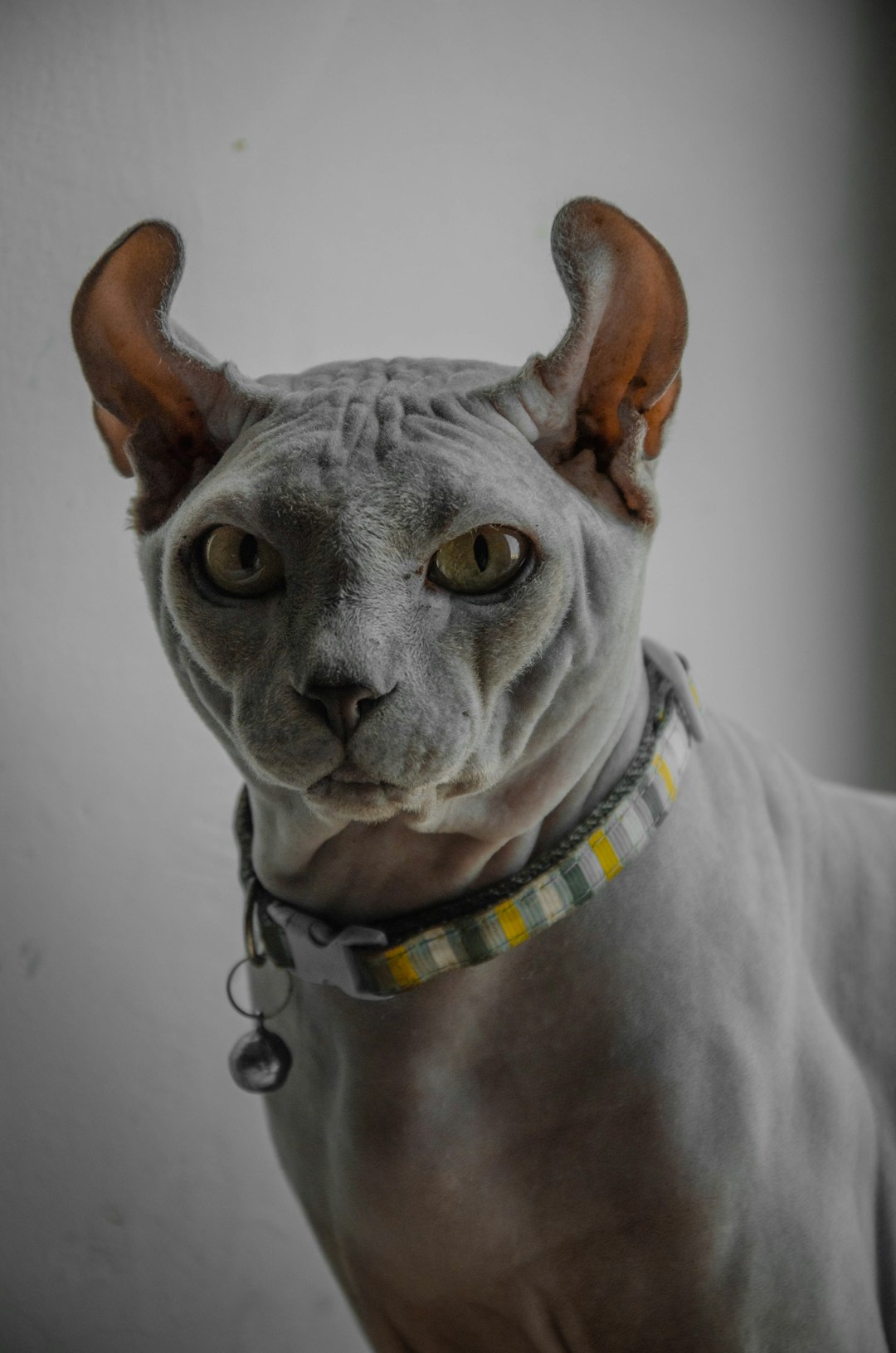When it comes to understanding our feline friends, one frequent question arises: when do cats stop growing? Cat growth occurs in distinct stages, influenced by various factors such as breed, nutrition, and overall health. From the lively kitten phase to the maturity of adulthood, each stage reveals unique physical and behavioral changes that define their development. By monitoring these milestones, pet owners can better understand their cat’s growth timeline and ensure they thrive during these crucial early years. Join us as we explore the fascinating journey of a cat’s growth and uncover the answers to your questions.
Understanding Cat Growth Stages
Understanding when cats grow is essential for every pet owner. The growth stages of cats can be classified into three main phases:
Kitten Stage (Birth to 6 Months)
- Rapid growth occurs during the first few months.
- Kittens typically double their weight in the first week.
- By six months, they reach about 50% of their adult size.
Adolescent Stage (6 Months to 1 Year)
- Growth begins to slow down.
- Physical changes become noticeable as they gain muscle and develop a more slender shape.
- This period generally marks the onset of sexual maturity.
Adult Stage (1 Year and Onward)
- Most cats reach their full size by 1-2 years.
- Growth in height and weight is minimal during this phase.
- Lifestyle factors, such as diet and exercise, play a vital role in maintaining a healthy weight.
To recap, when do cats stop growing? They typically reach their final size between 1 to 2 years, depending on their breed and individual traits. Understanding these stages helps you cater to your furry friend’s needs effectively.
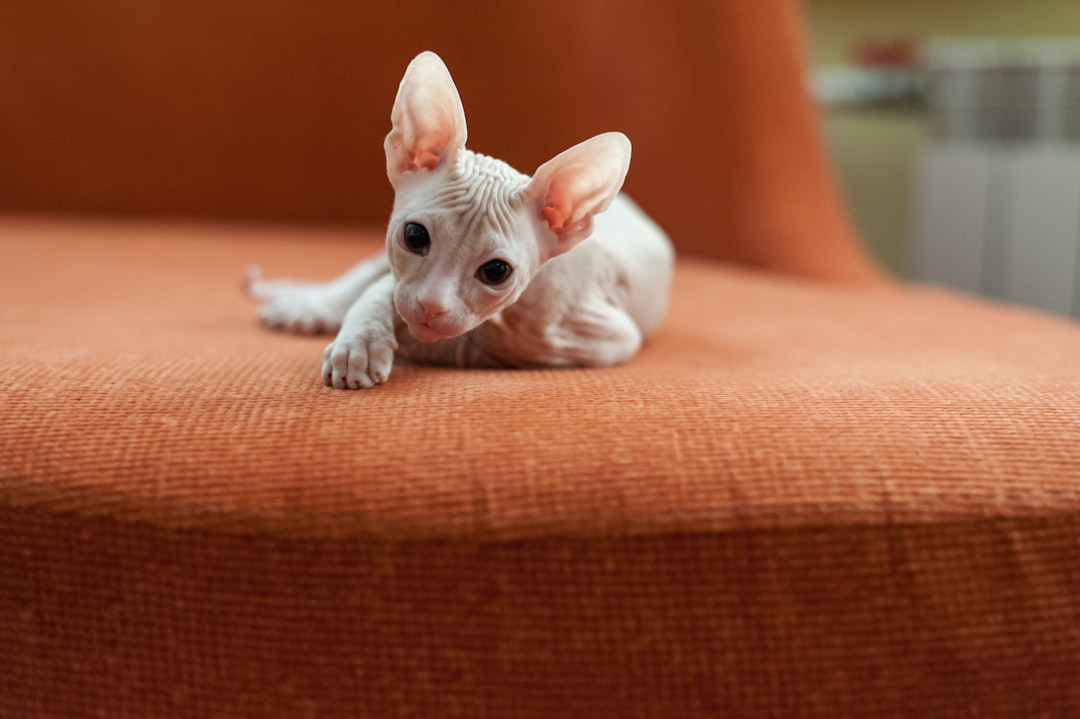
Factors Influencing Cat Growth
Understanding when do cats stop growing requires recognizing the various factors that can influence their growth rate. Here are some key elements to consider:
Genetics: A cat’s breed significantly impacts its growth. For instance, larger breeds like Maine Coons can take longer to reach their full size compared to smaller breeds such as Singapura.
Nutrition: Providing a balanced diet tailored to your cat’s age and health is crucial. Proper nutrition supports healthy growth, while deficiencies can stunt development.
Health Status: Cats with underlying health issues may experience delays in growth. Regular vet check-ups can help identify any concerns early.
Environment: A stress-free environment promotes healthy growth. Factors such as ample space for play and interaction with humans and other pets can positively affect development.
Spaying/Neutering: Timing of these procedures may also influence growth. Spaying or neutering at an early age can lead to faster growth initially but may result in a larger adult cat since they often maintain kitten-like proportions longer.
In summary, multiple factors dictate when do cats stop growing, creating a complex growth timeline unique to each feline.
Kitten Development: Birth to 6 Months
During the first six months, kittens experience rapid growth and development. This crucial period sets the foundation for their health and behavior. Here are the key stages of growth:
Newborn (0-2 Weeks): Kittens are born blind and deaf, relying entirely on their mother for warmth and nutrition. They gain weight quickly during this time.
2 to 4 Weeks: Their eyes begin to open, and they start to explore their surroundings. Kittens begin to walk clumsily, and their baby teeth emerge.
4 to 6 Weeks: Socialization kicks in; they play with littermates, learning important social skills. By six weeks, they usually weigh between 1.5 to 2 pounds.
At this stage, it’s essential to provide proper nutrition, as this will influence their growth. Through this fast-paced development, you might wonder, when do cats stop growing? While most kittens will continue to grow beyond these initial months, this period demonstrates how crucial early stages are for growth and future health.
Adolescent Growth: 6 Months to 1 Year
During the adolescent growth stage, which spans from 6 months to 1 year, cats experience significant physical and behavioral changes. This period often marks the transition from kittenhood to adulthood. Here are key aspects of this stage:
Growth Rate:
- Cats may grow rapidly, reaching about 75% of their adult size by 6 months.
- Growth begins to slow down markedly as they approach 1 year.
Physical Changes:
- Increased muscle development and changes in body shape become noticeable.
- Sexual maturity typically occurs between 6 and 12 months, influencing behavior and growth.
Behavioral Shifts:
- Cats may display more independence and territorial behavior.
- Playfulness remains, but you may notice a decrease in energy levels compared to their kitten days.
So, when do cats stop growing? By the end of this period, most cats have reached their full height, though they may continue to fill out and gain weight until they are about 2 years old. Understanding these changes can help you monitor your cat’s health during this crucial adolescent phase.
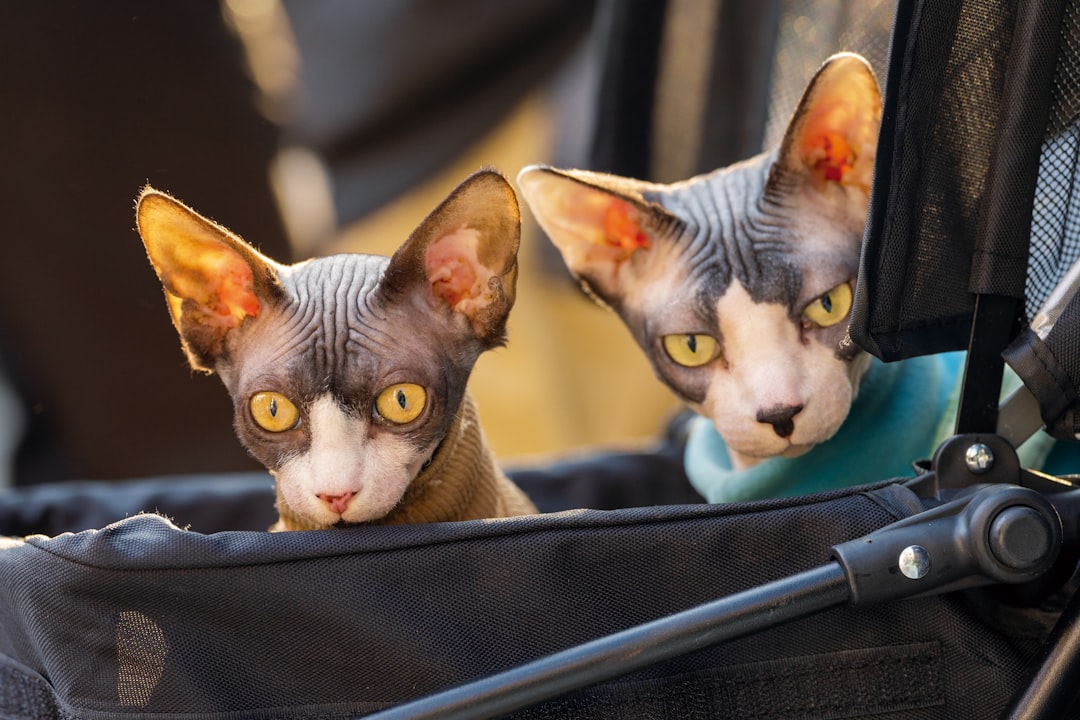
Physical Changes in Adult Cats
Cats undergo significant transformations as they transition into adulthood. Generally, adult cats are considered to be those between 1 and 7 years of age. During this phase, the following physical changes occur:
- Weight Stabilization: After their rapid growth, adult cats typically stabilize in weight. Most domestic cats weigh between 8-12 pounds, though breeds like Maine Coons can weigh more.
- Muscle Development: Increased muscle definition often appears as cats reach maturity. Active adult cats will exhibit more muscular physiques compared to overweight counterparts.
- Coat Texture Changes: Adult cats develop a fuller, thicker coat compared to their kitten fur. Regular grooming can help maintain healthy fur.
- Dental Changes: Adult cats begin with adult teeth around six months, making dental care essential for preventing oral issues.
So, when do cats stop growing? Most cats achieve their final size between 1 to 2 years of age, although some larger breeds might take longer to reach their full potential. Understanding these changes can help you monitor your cat’s health effectively.
When Do Cats Reach Full Size?
Understanding when do cats stop growing is essential for any cat owner. Typically, cats reach their full size between 12 to 18 months, though this can vary based on several factors:
Breed Type:
- Large Breeds (Maine Coons, Bengals): May take up to 3-4 years.
- Small Breeds (Singapura, Munchkin): Usually stop growing at around 12 months.
Gender:
- Males tend to be larger than females and may take slightly longer to reach their full size.
Nutrition:
- A balanced diet contributes significantly to healthy growth. Quality cat food ensures your cat receives the necessary nutrients for optimal development.
Growth Comparison Table
| Age (Months) | Average Weight (lbs) | Size |
|---|---|---|
| 0-3 | 0.5 – 5 | Very Small |
| 4-6 | 5 – 10 | Small to Medium |
| 7-12 | 10 – 12 | Medium |
| 12-18 | 12 – 15 (or more) | Medium to Large |
Always monitor your cat’s growth and consult your vet if you have concerns. Understanding when do cats stop growing will help you ensure a happy and healthy feline companion.
Common Myths About Cat Growth
Understanding when do cats stop growing involves debunking several myths that can mislead pet owners. Here are some common misconceptions:
Myth 1: All Cats Grow at the Same Pace
- Reality: Just like humans, cats grow at different rates. Factors such as breed, genetics, and nutrition play a significant role in their growth timeline.
Myth 2: Cats Continue Growing Their Entire Lives
- Reality: Cats reach their maximum size between 1 and 2 years. After this point, they may gain weight, but their skeletal growth usually stops.
Myth 3: Spaying or Neutering Halts Growth
- Reality: While spaying or neutering can influence weight, it does not affect the overall growth, and cats will still reach their full size.
Myth 4: Indoor Cats Grow Faster Than Outdoor Cats
- Reality: Environment does not directly determine growth rate. Both indoor and outdoor cats will ultimately stop growing at a similar point, if all other factors are equal.
By clearing up these myths, you can better understand when do cats stop growing and how to support your feline’s health throughout its life.
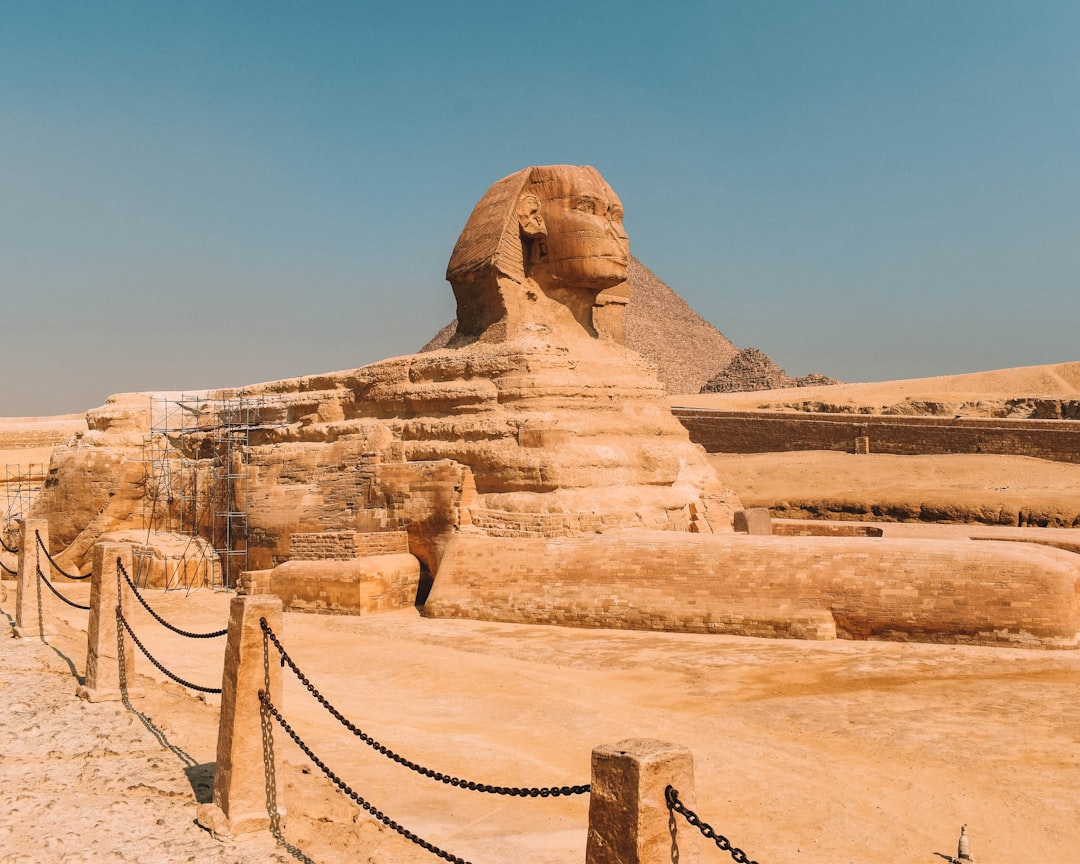
Monitoring Your Cat’s Growth Progress
Keeping track of your cat’s growth is essential for ensuring their overall health and development. Here are some effective methods to monitor your feline friend’s progress:
Regular Weigh-Ins: Weigh your cat weekly, particularly during their first year. This helps you see any sudden weight changes that could indicate health issues.
Body Condition Scoring (BCS): Assess your cat’s body condition using a BCS chart. This visual guide categorizes cats based on weight, allowing you to determine if they are underweight, ideal, or overweight.
Document Growth Milestones: Keep a journal of your cat’s key developmental stages, noting changes in size, weight, and behavior. This will help you understand when do cats stop growing and may signal any potential concerns.
Veterinary Visits: Schedule regular check-ups with your vet. They can provide professional insights and measurements about your cat’s growth trajectory.
Remember, while the average domestic cat reaches full size by around 1 year of age, some breeds may continue to grow until 2 years. By actively monitoring your cat’s growth, you can ensure they thrive and lead a happy, healthy life.
Frequently Asked Questions
At what age do cats typically reach their full size?
Cats generally reach their full size between 12 to 18 months of age. However, this can vary depending on the breed. For example, larger breeds like Maine Coons can continue to grow up to 4 years. During the first few months, you will see the most rapid growth, with significant increases in weight and height, particularly until they are 6 months old.
Does the growth rate differ between indoor and outdoor cats?
Yes, growth rates can differ between indoor and outdoor cats, primarily due to factors such as nutrition, health, and activity levels. While outdoor cats may have more opportunities for exercise and social interactions, they may also face risks like injuries or parasites that could affect their growth. Generally, well-fed indoor cats with a balanced diet tend to grow consistently but may not achieve the same muscle tone as those active outdoors.
What factors can influence a cat’s growth?
Several factors can influence a cat’s growth, including genetics, nutrition, health, and environment. A balanced diet rich in essential nutrients is crucial during their growth phase. Additionally, underlying health issues, such as infections or hormonal imbalances, can hinder growth. Social stimulation and regular veterinary care also play vital roles in ensuring a cat grows up healthy and strong.
Is it normal for cats to have growth spurts?
Yes, it is completely normal for cats to experience growth spurts, particularly during their early months of life. These spurts are usually seen at around 4 to 6 weeks of age and again at 6 to 12 months. During these periods, you may notice increased appetite and rapid weight gain. Monitoring growth during these spurts is essential to ensure they are developing appropriately.


